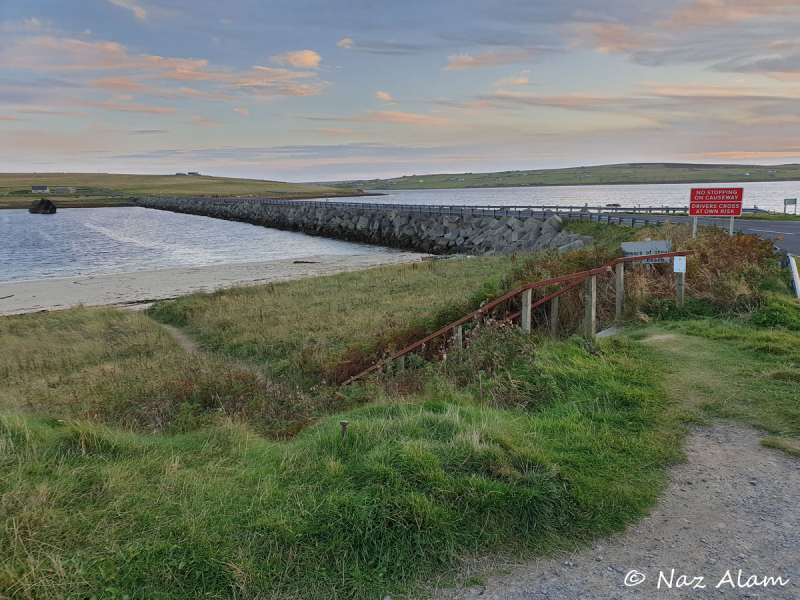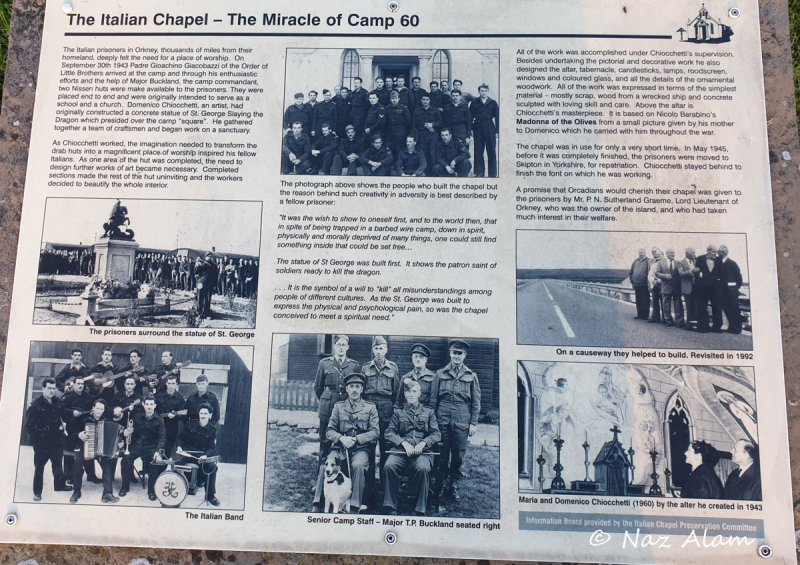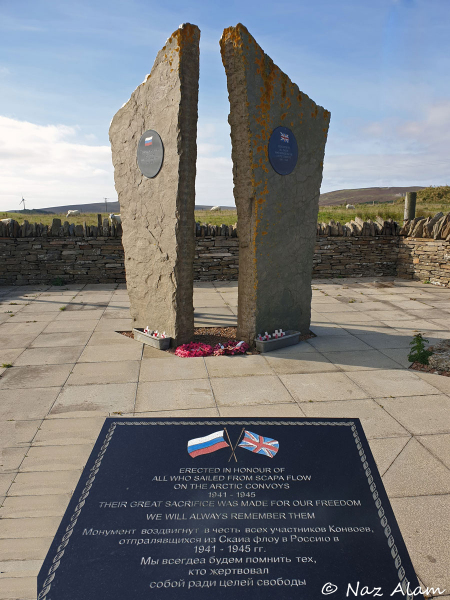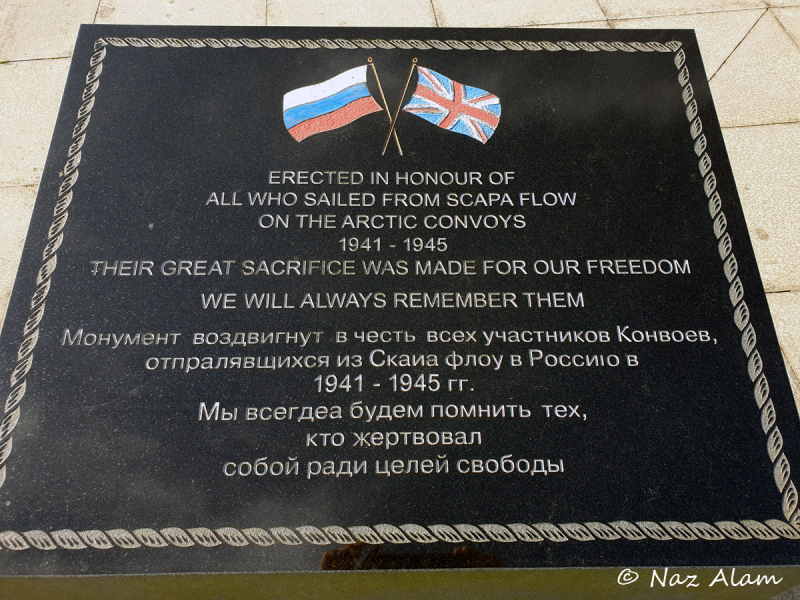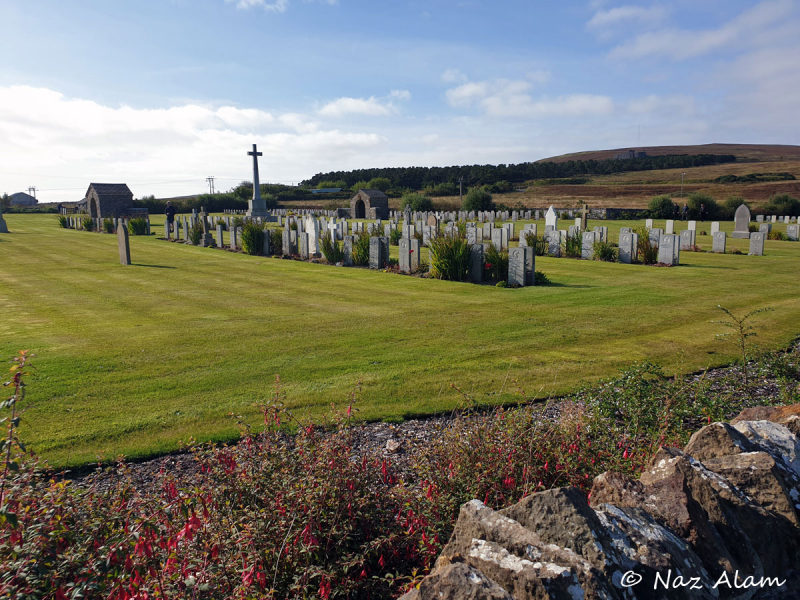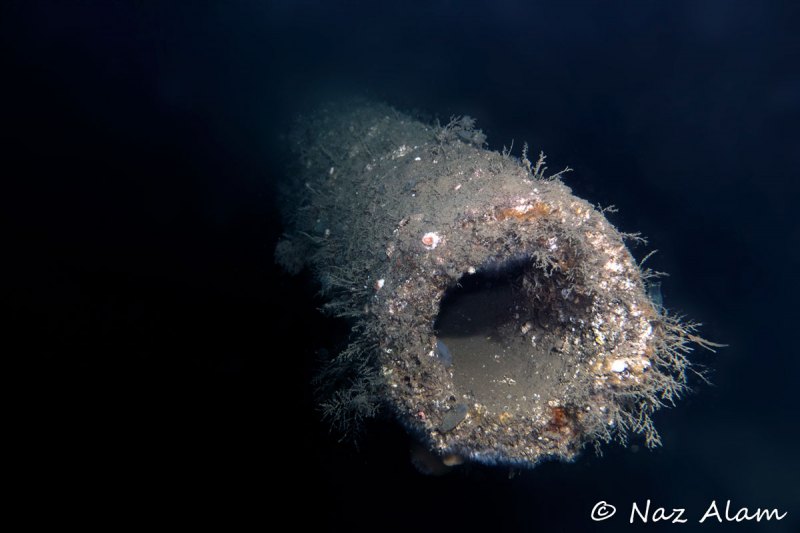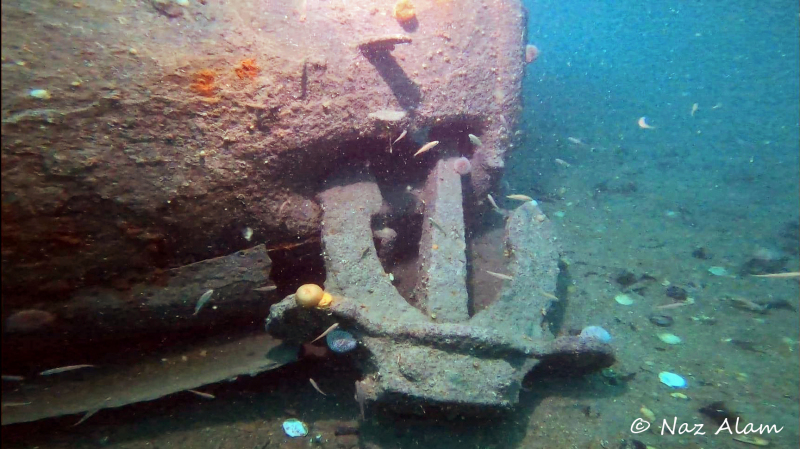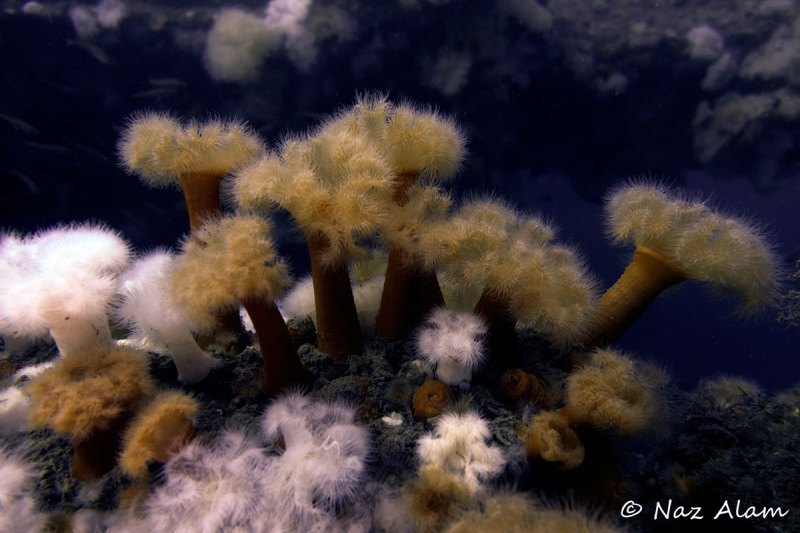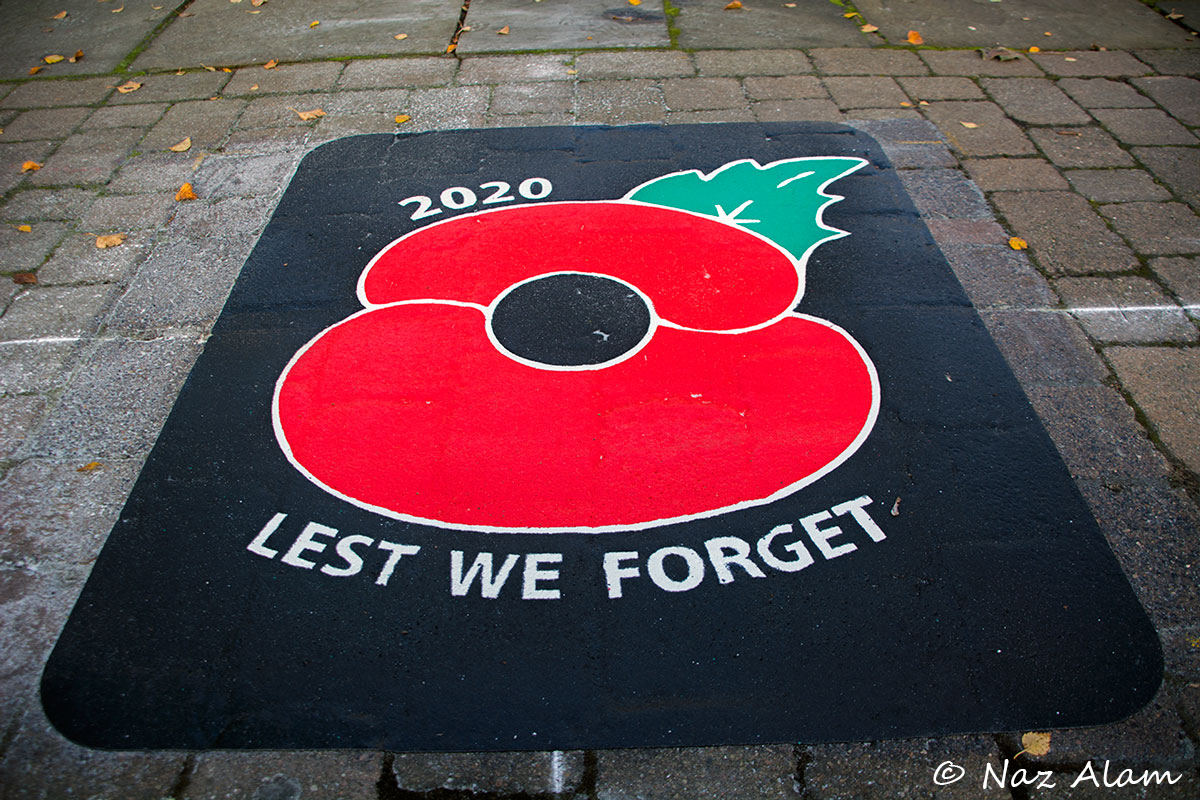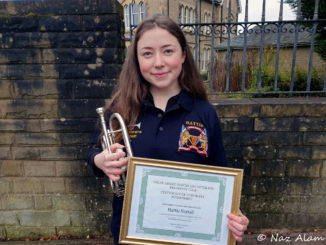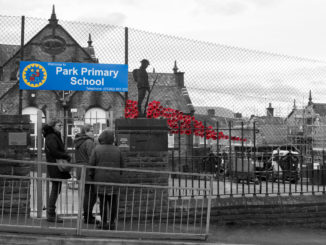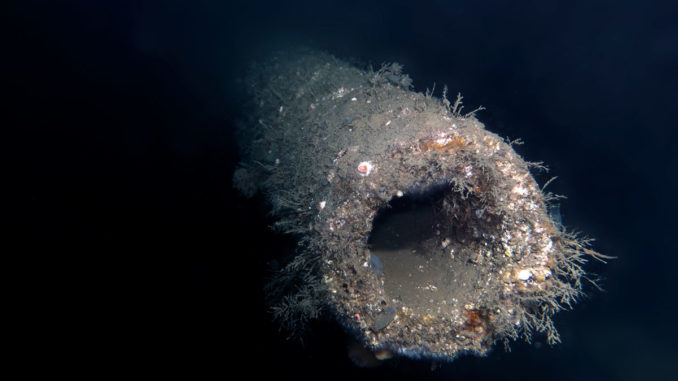
Scapa Flow (Orkey Islands) area is crammed with military history from both World Wars. A significant portion of the captured German fleet was scuttled in WW1 and is home to various war graves, like the battleship HMS Royal Oak.
Sinking of the battleship HMS Royal Oak
On the night of 13/14 October 1939, German submarine U-47, under the command of Kapitänleutnant Günther Prien – one of the three recognised U-boat aces of World War II – crept into Scapa Flow through Kirk Sound, between the blockships which were meant to have made the Sound impassable to enemy vessels. HMS Royal Oak was torpedoed several times and sunk. From the crew of more than 1,200, 834 were lost.
Churchill Barriers
After this tragedy, a number of blockades were erected which were called “Churchill barriers”. Here is one of the Churchill barriers and you can one of the original blockships to the left.
Italian Chapel – Hoy Island
Of course, building the Churchill Barriers needed some significant manpower. Thus, over 500 Italian POWs were brought to the Orkney and housed in two camps. During their time there, they were given two Nissen huts and look what they created … (interestingly enough, in May 1945 the prisoners were moved to Skipton prior to repatriation).
Arctic Convoy War Memorial
Hoy Island is home to some moving memorials …
Lyness Naval Cemetery
Also on Hoy Island is the Lyness Naval Cemetery. The cemetery was immaculately maintained. Given the remoteness and ruggedness of this area, that’s extremely impressive. You could easily spend hours in here.
Greatest Loss of Shiping in one Day?
As part of the Armistice agreement at the end World War I, Germany had to surrender most of its fleet. A total of 74 ships of the German High Seas Fleet arrived in Scapa Flow for internment.
On 21 June 1919, under the mistaken belief that peace talks had failed, Rear Admiral Ludwig von Reuter gave the command to scuttle the entire fleet in the Flow. A total of 52 ships went to the seafloor and this remains the greatest loss of shipping ever recorded in a single day.
Here we see the tip of the barrel of a 5.9″ gun on the SMS Cöln and the stern anchor for the ship (both are at a depth of about 33m). The SMS Cöln was a German WW1 Cöln-class light Cruiser and it had a sister ship called the SMS Dresden.
Some extras
This is Naz at the bow of the light cruiser, SMS Dresden. The second picture is part of a German searchlight called an iris. This was used to immediately control the light from a powerful search light and gave the Germans a significant advantage during night engagements. At the time, this was cutting edge technology.
Scapa Flow is one of the few places in the world that you can see 12″ battleship guns that have fired in anger at the Battle of Jutland. E.g. that of the SMS Kronprinz Willhelm and the SMS Markgraf – both of these wrecks are between 38-45m deep and require some serious respect. You shouldn’t want to be on the receiving end of those guns … they are absolutely massive and are often “superfiring”. (i.e. a set of guns firing over the top of a lower set!).
Life below the sea
And so that we don’t end this story on a completely grim note … here is the sort of life that you can expect at the bottom of the sea in Scapa Flow, around the various wrecks.
Like our work? Support us!
You can support our work within the community and the development of our community website, social media pages & groups by making a donation to us.Follow Us: Pinterest Follow @ColneTalk

